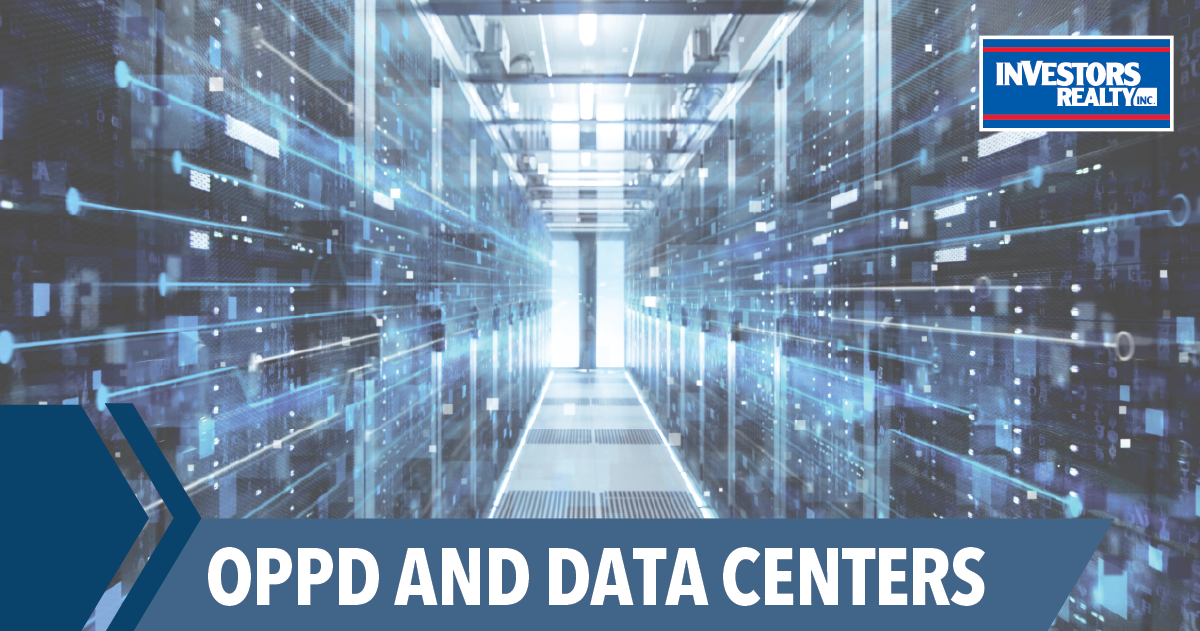A recent article in the Omaha World Herald discussed OPPD’s proposed $2 billion expansion to meet what they call “unprecedented energy needs.”
At first blush, you may say, “Well, that is good news. Our city and state are growing.” It certainly seems to be. The increased demand comes from residential, business, and industrial growth. However, in this case the energy consumption and growth from industrial sources has outpaced all others by good margin. Those industrial sources are the monumental investments made by tech companies to put data centers in Omaha and surrounding communities. The article states that in 2022, the industrial class made up about 36 percent of the utility’s energy sales, and that share is expected to rise to 57 percent by 2032. Data centers alone are predicted to account for roughly two-thirds of all growth in energy demand in the Omaha metro.
Nationally, demand for data center capacity has skyrocketed as companies continue to shift toward hybrid cloud environments. As this demand grows, the lack of power and land availability in major markets has pushed development into secondary and tertiary markets like Omaha and Salt Lake City, which possess both these qualities, as well as favorable tax incentives.
The discussion around the water cooler among brokers has been to question if all this data center growth in Omaha is good or bad. The general answer is, both. The most commonly cited advantages of data centers are that they contribute to our local economy by bringing jobs, construction jobs, and tax revenue. The other big advantage is that data center development drives the extension of sewer and water which helps other development flourish. On the other side of the discussion, brokers and local contractors will tell you that tech giants pay premiums to get prioritization in labor and materials and effectively raise the cost of construction for everyone else, suck away all our trades during construction, inflate land values, and consume massive tracts of industrial ground (which creates a shortage for other development), while creating what is likely the fewest jobs per square foot of any business.
The current proposal, which states that every OPPD customer will pay the tab for the expansion of services, which appears to be largely necessitated by data centers massive need for energy, has raised eyebrows. Certainly, data center activity can be a polarizing issue. Google, Amazon, and Facebook have been active in our community and have produced eye-popping numbers, like Facebook’s four-million-square-foot campus, Nebraska’s first one-million-square-foot Amazon fulfillment facility, or Google’s total of $1.35 billion invested into the Omaha metro area. Development of this scale is something to be coveted, but at what cost, and to whom – and who is really benefitting from it?
This article appeared in our company newsletter in September of 2023. Please click here to download the entire newsletter.

